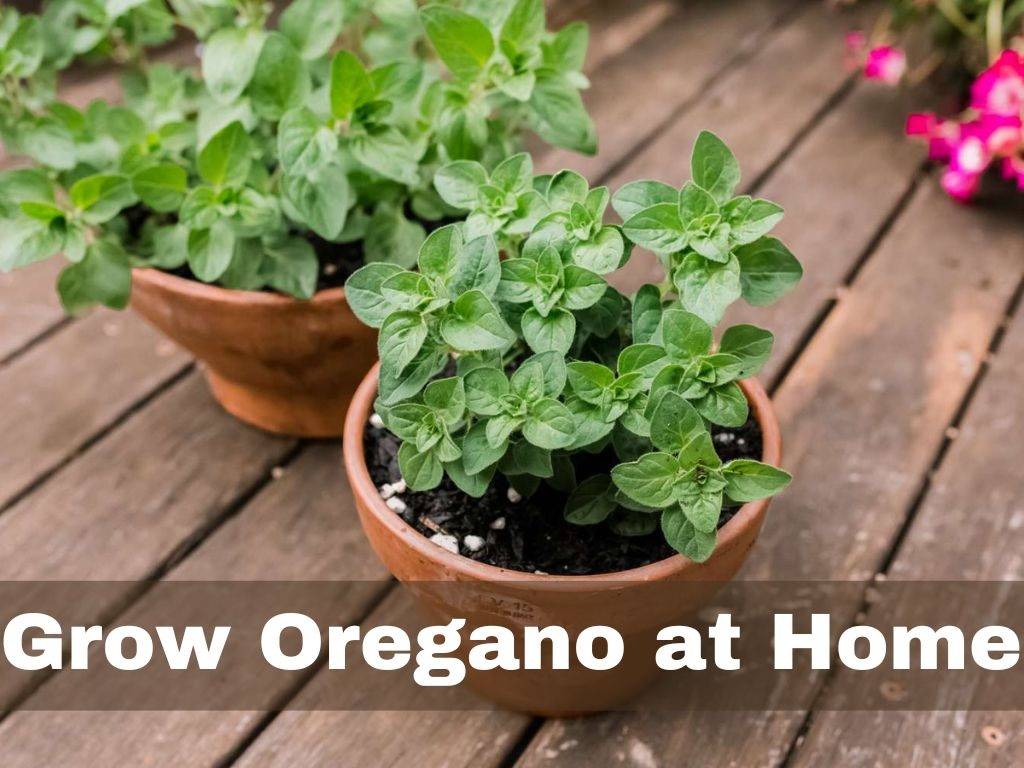
When the Greeks called oregano "joy of the mountain," they were quite correct. Originally from the Greek countryside, this traditional culinary herb is now grown all over the world.
The Oreganum genus includes several perennial herbs and subshrubs that are indigenous to western Asia and the Mediterranean area. The most prevalent species are the well-known culinary herbs Origanum vulgare and Origanum majorana. The leaves of oregano are typically round, dark green, and arranged in pairs across the stems. Some species have fuzzy leaves.
|
Common Name |
Oregano |
|
Botanical Name |
Origanum spp. |
|
Family |
Lamiaceae |
|
Plant Type |
Perennial, herb |
|
Size |
1–2 ft. tall, 1.5 ft. wide |
|
Sun Exposure |
Full sun |
|
Soil Type |
Well-drained |
|
Soil pH |
Acidic, neutral |
|
Bloom Time |
Summer |
|
Hardiness Zones |
4–10 (USDA) |
|
Native Area |
Europe, Asia, Mediterranean |
|
Toxicity |
Toxic to pets |
Oregano begins as a rosette of leaves that clings to the ground, but it can quickly reach a height of around 2 feet. Usually planted in the spring, it grows swiftly and produces leaves that are excellent for cooking nearly right away. Keep in mind that oregano is poisonous to animals, so plant it carefully.
Different Types of Oregano:
These are some of the popular oregano varieties:
-
Common oregano (Origanum vulgare), is the kind most frequently used in cooking.
-
Golden oregano (Origanum vulgare var. aureum), This cultivar has softer, lighter-colored leaves than the original species plant. As a decorative plant, rather than a culinary herb, it is more often used.
-
Greek oregano (Origanum heracleoticum) is a species that is frequently used in cooking and has a rather strong flavour.
Planting Oregano
Here is a step-by-step procedure to grow your oregano:
Best Time to Plant
When there is no longer a risk of frost in the spring, plant oregano. Additionally, you can sow seeds or cuttings indoors six to ten weeks before the anticipated final spring frost in your region. For planting, the optimal outside soil temperature is about 70 degrees Fahrenheit.
Choosing a Planting Location
One of the Mediterranean plants that thrive in full light on lean-to-average, well-drained soil is oregano. The herb's pungency can be lessened by rich soil. Oregano is therefore a fantastic option for those sunny garden spots with poor soil that don't suit many other plants.
Space, Depth and Support to Grow Oregano
Oregano plants should be spaced 8 to 10 inches apart and deep enough to provide support. Because they require sunshine to grow, seeds should only be softly pushed into the ground. The same depth at which nursery plants were growing in their container should also be used when planting them. It shouldn't be required to use a support structure.
Care & Management of Oregano Plants
Light
The majority of oregano cultivars require full sun, which often means at least six hours each day of direct sunlight. To keep their leaves from burning, certain types, like golden oregano, demand a little shelter from direct sunshine.
Soil and Water
Growing oregano on sandy loam soil is recommended. Oregano won't thrive in soil that is heavy with organic matter, poorly drained, or dry and light. The ideal soil pH ranges from slightly acidic to neutral. Oregano can withstand a moderate drought and only need approximately one inch of water per week. In between waterings, let the soil dry out. Root rot and other issues might result from over-irrigation.
Temperature and Humidity
Depending on the kind, oregano can withstand heat and even moderate cold. It grows best at temperatures between 60- 80 degrees Fahrenheit. In general, it dislikes high humidity and requires a dry environment with acute soil drainage and adequate air circulation.
Fertilizer
Typically, oregano doesn't require fertilizing because it can grow on poor soil. The herb's taste can be altered by high levels of minerals like nitrogen.
Pollination
The herb oregano is excellent for luring good pollinators to your garden. The little blooms on it are pollinated by bees and other insects.
Harvesting
You can start picking leaves or sprigs when plants are at least 45 days old. Make sure to leave at least one set of leaves on the stem when cutting a sprig to encourage regeneration. Cut your plants back to the ground and bring the stems inside to dry.
Tips on Growing and Using Oregano
Here are some pointers for growing and utilizing oregano:
-
When oregano reaches a height of four to six inches, it can be picked. Just above where the stem and the leaves meet, trim the stems.
-
Tie the stems together and hang the oregano upside-down in a dimly light, cold, and dry area to dry. Remove the leaves from the stems once the oregano has dried, and then store them in an airtight container.
-
Chop the leaves of fresh oregano and include them in your favourite cuisines.
-
Crumble the dried oregano leaves and include them in sauces, soups, and stews to utilize them.











